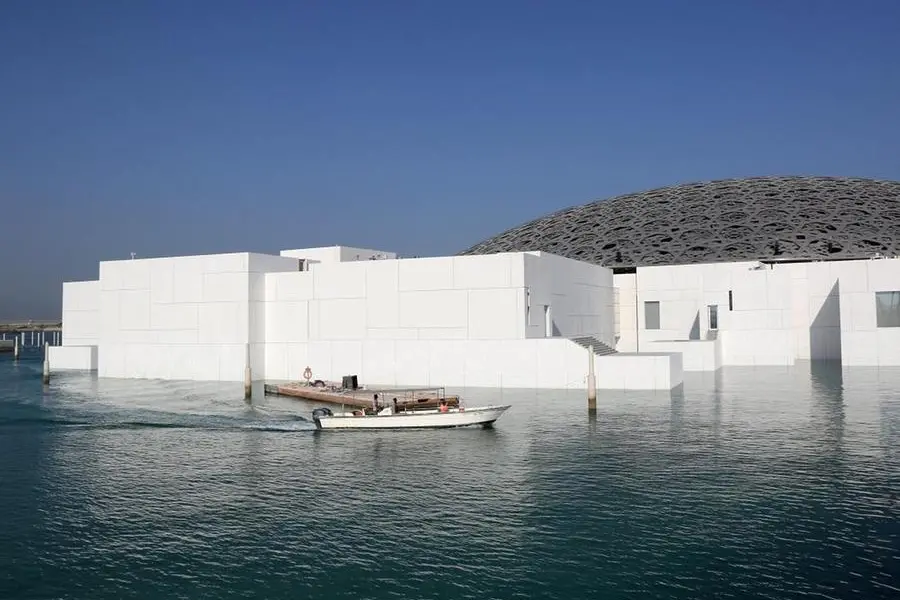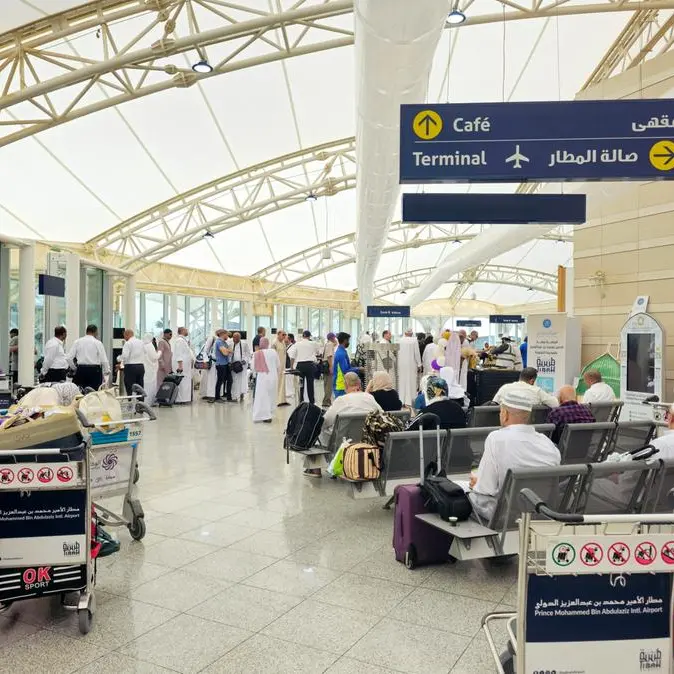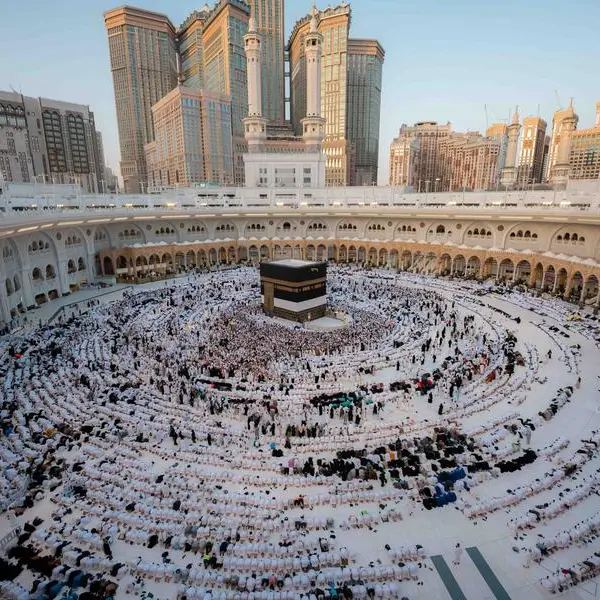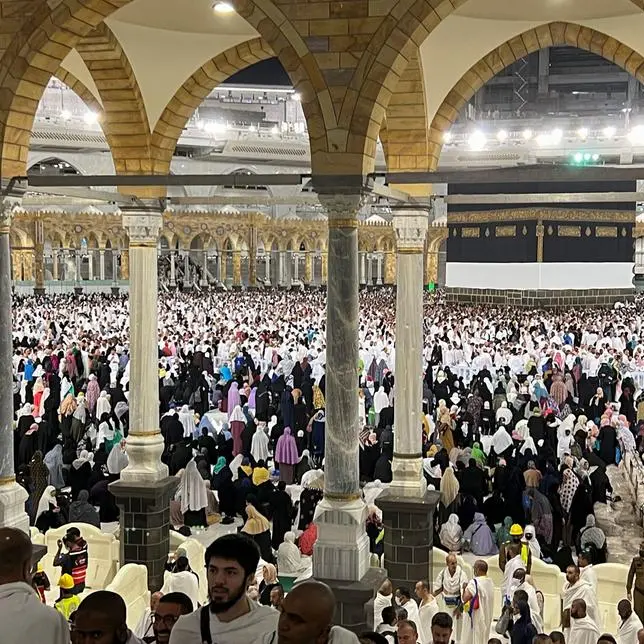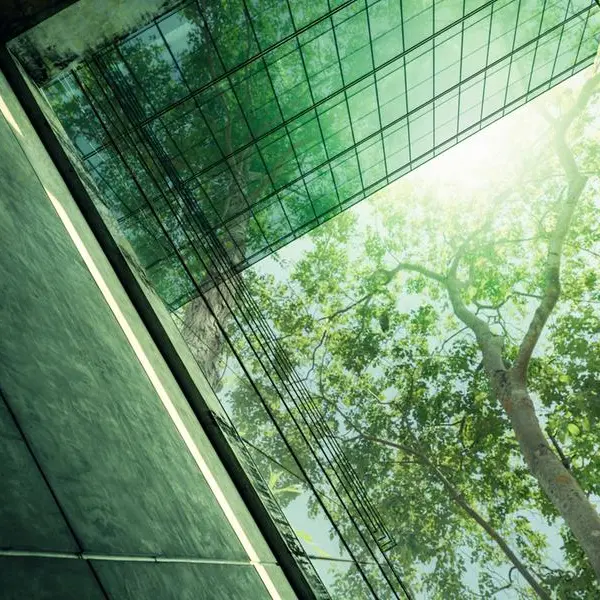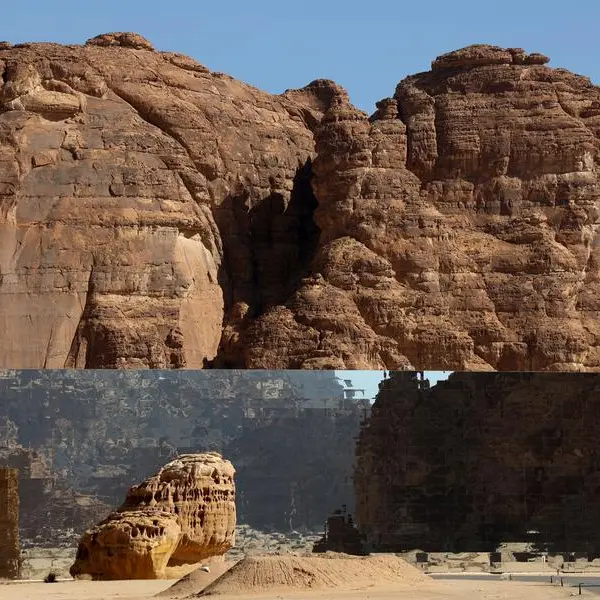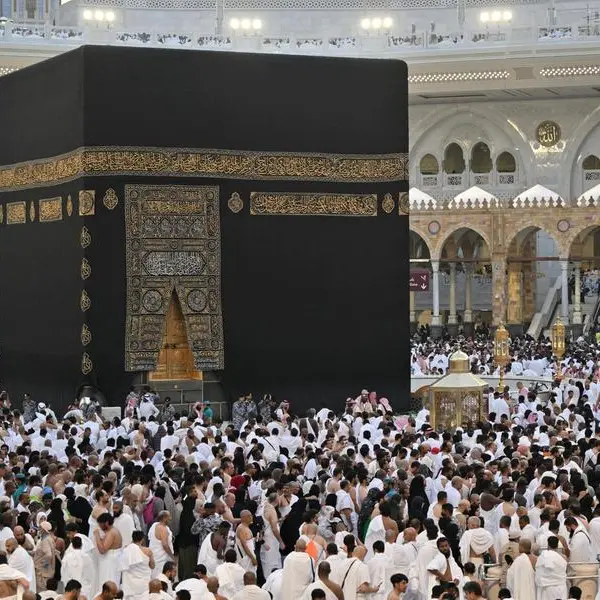PHOTO
Since the beginning of the 20th century, Islamic art and architecture have deeply influenced Cartier’s iconic creations and collections.
A new exhibition ‘Cartier, Islamic Inspiration and Modern Design’ hosted by Louvre Abu Dhabi sheds light on the history of significant cross-cultural impact on the luxury French brand’s creative language.
“This exhibition is the result of almost five years of research in archives, drawings, and photographs to discover the links between Cartier creations and Islamic art, and to identify the sources of inspiration,” Exhibition curators Judith Henon-Raynaud and Evelyne Posseme, said.
They pointed out that the exhibition offers a journey through the sources that inspired some of the most innovative pieces in French jewellery.
“The exhibition allows us to understand the importance of the discovery of Islamic art for artists at the beginning of the 20th century, and the way in which this aesthetic influence was at the origin of many masterpieces produced in Europe, and a real fashion phenomenon.”
The immersive exhibition brings together more than 400 works from the Louvre Abu Dhabi, partner museums, the Cartier Collection, and private collections, to explore over a century of artistic influence.
Mohamed Khalifa Al Mubarak, Chairman of Louvre Abu Dhabi, inaugurated the ground-breaking exhibition, which runs from November 16 to March 24, and is co-organised by Louvre Abu Dhabi, Musee des Arts Decoratifs, Musee du Louvre, and France Museums, with the support of Maison Cartier.
It has been co-curated by Henon-Raynaud, chief curator and deputy director of the Department of Islamic Art at the Musee du Louvre, and Posseme, former chief curator of ancient and modern jewellery at the Musee des Arts Decoratifs, with the assistance of Fakhera Alkindi, senior curatorial assistant at Louvre Abu Dhabi.
The Indian connection
At the turn of the 20th century, the organisation of major exhibitions dedicated to Islamic art and the massive arrival of works, particularly Persian and Indian paintings and manuscripts, led to the development of a true Persian fashion in Paris.
Louis Cartier, the grandson of the founder of the Maison, was deeply intrigued by these artistic traditions that he discovered in the Parisian art market. In search of new sources of inspiration, he enriched the Maison’s study library with the latest publications dedicated to Islamic arts and architecture. This library would be an endless source of patterns for the Maison’s designers, possibly the source.
In the 1910s, Louis Cartier initiated a personal collection of Islamic art, which he made available to the Maison’s designers. In 1911, his brother Jacques Cartier travelled to India to reinforce ties with maharajas, and to the Arabian Gulf region to investigate the pearl market. The discovery of the patterns and shapes in architecture, artworks, and literature unlocked a new realm of modern artistic expression for the Maison, right up to the artistic direction of Jeanne Toussaint and even today.
Highlights
On display is a wooden carved ivory panel with scrolls, a glass vessel in the shape of a mosque lamp, a binding and title page of the 'Rubaiyat' by Omar Khayyam, a fragment of a mosaic panel with geometric decoration, a pen box said to have belonged to Mirza Muhammad Munshi. The Cartier Collection is lending special works including a cigarette case, a vanity case with decoration inspired by Iznik ceramics, a Hindu necklace, and a tiara.
Manuel Rabate, director of Louvre Abu Dhabi, noted: “Through this exhibition, and thanks to the precious loans from our partners - Musee des Arts Decoratifs, Musee du Louvre, and many other lenders, our visitors will not only be able to discover new connections between cultures and gain a better understanding of modernity but they will also be inspired by the rich technicalities and unique materials of Islamic art, architecture and Cartier jewellery on display.”
Also, a temporary exhibit features a digital space, where large digital animations show artistic interpretations of the physical assembly of Cartier key pieces and their source of inspiration. Two ‘infinity rooms’ will immerse visitors in animated patterns, offering a captivating 180-degree visual experience within this digital realm. On the museum's façade, projections of artworks and photographs will take visitors on the journey of Jacques Cartier's travels – from Marseille to Agra, Bombay to Muscat, and Dubai to Muharraq.
Alongside the exhibition, there is a diverse cultural and educational programme, featuring an in-depth talk with the exhibition curators, a documentary film screening followed by a community discussion, guided tours, masterclasses, a family weekend, and an activity booklet.
Copyright © 2022 Khaleej Times. All Rights Reserved. Provided by SyndiGate Media Inc. (Syndigate.info).
